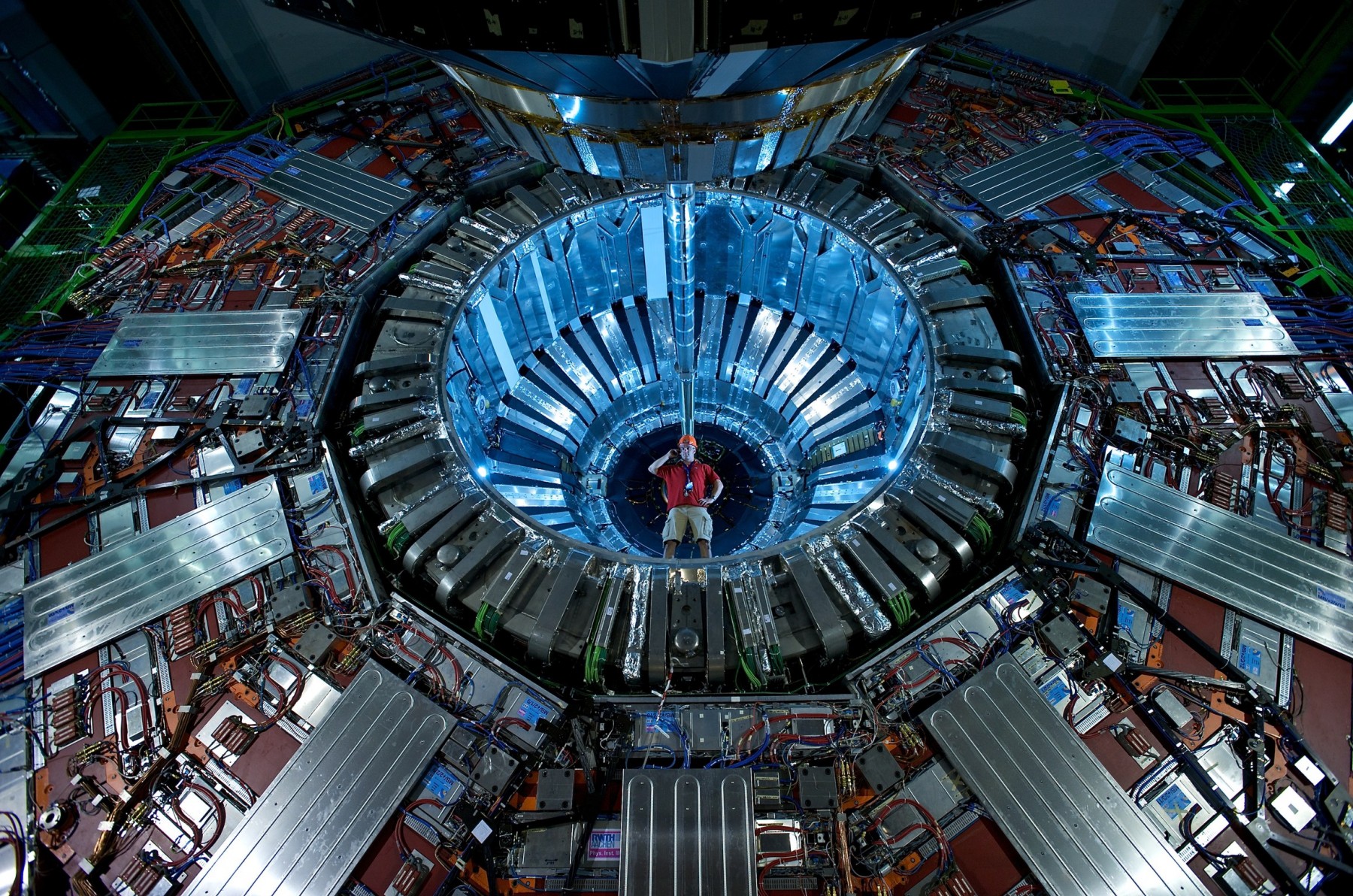The Large Hadron Collider (LHC) stands as a monumental edifice at the frontier of particle physics, a feat of engineering and scientific ambition rivaled only by the most audacious exploits of mankind. Like a colossal time-machine or a celestial microscope, it delves into the fundamental building blocks of matter and helps scrutinize the fabric of the universe itself. Yet, amid this grand pursuit of knowledge, a question looms: is the Hadron Collider completely safe? Exploring this inquiry requires a multifaceted examination encompassing scientific, societal, and existential dimensions.
To comprehend the safety of the LHC, it is essential to understand its operational principles. At its core, the LHC is a particle accelerator that collides protons with unparalleled energy at nearly the speed of light. This brutal yet precise dance occurs within a 27-kilometer circumference ring buried deep beneath the Swiss-French border, where subatomic particles are propelled into collisions that recreate conditions similar to those just after the Big Bang. Herein lies the crux; such high-energy collisions generate exotic particles that can potentially yield vast quantities of data about the universe’s origins, yet they also raise concerns regarding potential risks.
Historically, any work within the realm of high-energy physics has evoked caution. The advent of the LHC sparked a cacophony of apprehension within popular media and public discourse. Alarmists anticipated catastrophic scenarios; some imagined mini black holes forming and consuming the Earth, while others speculated about strangelets — hypothetical particles that could destabilize interactions within matter itself. However, it becomes crucially important to demystify and dismantle these fears through rigorous scientific analysis.
Firstly, the creation of a black hole, whether miniaturized or otherwise, contradicts the extant understanding of gravity and quantum mechanics. According to current theoretical frameworks, the energy levels required to manifest such phenomena are beyond the reach of terrestrial experiments, even those conducted within the LHC. The consensus in the scientific community is that any minuscule black holes produced would evaporate almost instantaneously due to Hawking radiation, preventing any possibility of macroscopic implications.
Similarly, the notion of strangelets remains nestled within the realm of theoretical speculation rather than empirical probability. The conditions required for strangelet formation, much less their manifestation, have not been observed and remain firmly confined to academic conjecture. Notably, voluminous calculations and analyses are presented in scientific literature illustrating that the impact of any potential strangelet would be negligible at worst. The LHC operates under strict safety protocols, with comprehensive assessments ensuring that no significant risks arise from its operations.
Safety assessments, conducted prior to the LHC’s activation in 2008, involved expert panels that evaluated possible scenarios and their implications. These analyses affirmed that the collider’s experiments adhere to fundamental physical laws and theoretical predictions, thus rendering any catastrophic outcomes inconceivable. Consequently, the LHC functions akin to the heart of a pulsating titan — powerful yet functionally restrained, embodying a masterful balance between exploration and prudence.
Indeed, the overarching philosophy of safety in high-energy physics is underpinned by an evolutionary approach. As technology has advanced, so too have the instruments for analysis and mitigation of potential hazards. With each iteration, insights into fundamental interactions have revealed an intricate tapestry of particle behavior, fortifying the conviction that the LHC is as benign as it is groundbreaking. This collective effort reflects an ethos of transparency and responsibility, as scientists engage with the public to demystify their pursuits and cultivate broader comprehension.
However, one cannot ignore the social dimensions of this inquiry. The LHC’s existence epitomizes humanity’s insatiable desire to comprehend existence, reflecting a duality — the pursuit for knowledge and the associated trepidation that accompanies such probing. As societal consciousness evolves, so does its relationship with science. Historical instances of scientific advancement have frequently incited mistrust and fear, leading to an ambivalence towards groundbreaking discoveries. Should a catastrophe arise from the LHC’s operations, societal repercussions would be profound, demanding a reassessment of faith in scientific enterprise.
Beyond physical safety, ethical considerations arise in the inquiry of the LHC’s implications. Does humanity possess the moral right to venture into realms of cosmic inquiry that implicate existential risks? This crucial question resonates within philosophical circles. As scientists probe the universe’s origins, they might inadvertently carve pathways towards devices that could one day wield unimaginable consequences. Thus, while the LHC operates under stringent safety considerations, it is equally imperative for its practitioners to deliberate on the ethical boundaries of their pursuits.
As we traverse the labyrinth of inquiry surrounding the safety of the LHC, we garner insights into both the mechanisms and motivations that drive scientific exploration. The Large Hadron Collider serves not just as an instrument of inquiry; it embodies an archetype of human curiosity, balancing the delicate act of fearless pursuit against the pragmatic acknowledgment of societal responsibility. While undeniably powerful, it stands as a testament to humanity’s rational faculties, unmasking the mysteries of the cosmos while simultaneously safeguarding its existence.
In conclusion, the Large Hadron Collider operates within a spectrum of safety protocols, continually evolving to meet the demands of high-energy physics. The fears surrounding its operations largely stem from a misunderstanding of fundamental physics rather than grounded empirical evidence. As society progresses through this era of exhilarating scientific discovery, it becomes essential to foster informed discourse, bridging the gap between public perception and scientific reality. The Hadron Collider, a symbol of enlightenment, offers both a reflection and a crucible for our understanding of the universe — a journey unfurling with awe-inspiring revelations intertwined with the question of ethical stewardship.












